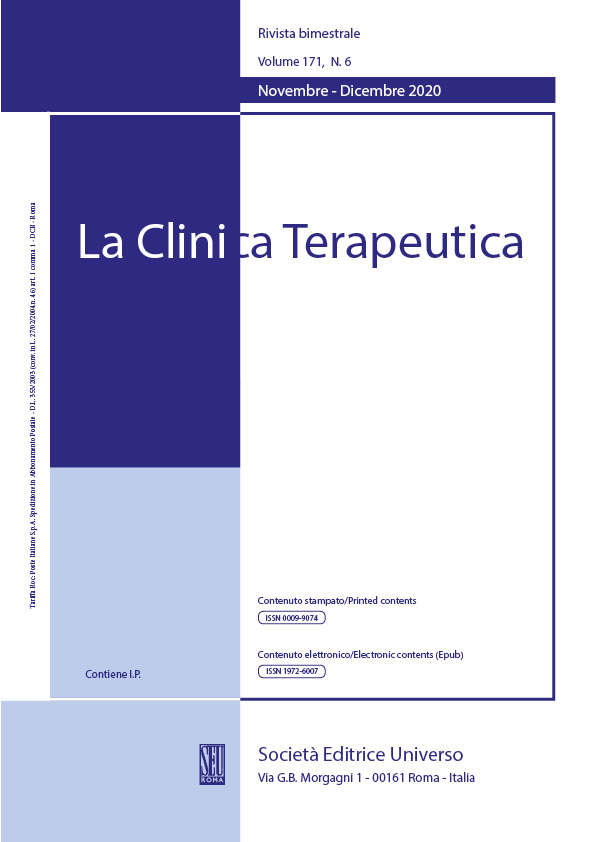Abstract
Introduction. New techniques, surgical protocols, design of dental implants and different prosthetic rehabilitations have been used in dentistry, most of them with good results in the literature. This study aimed at conducting a retrospective survey of clinical results of patients rehabilitated with dental implants from January 2011 to December 2021. For this purpose, the load protocols (immediate and conventional), the types of connections of installed implants, external hexagon (EH) and cone morse (MC) were evaluated.
Material and methods. Two evaluators were selected and calibrated for the analysis. Inclusion criteria were records with complete and legible information of patients rehabilitated with dental implants who were followed for at least one year after rehabilitation. The medical records were divided into two groups G1 (implants with conventional load) and G2 (implants with immediate load), and were further subdivided according to the type of implant. Afterwards, information about the failures in the rehabilitations were noted and finally, descriptive statistics of the results were performed.
Results. The researchers evaluated 432 medical records of patients rehabilitated with implants, of which 319 were included in the study, 223 were women and 96 men, aged between 20 and 79 years. In total, 1.227 implants with dimensions between 10 and 13 mm and diameters between 3.75 and 4 mm were available. G1 (n=1.188) survival rates were 94.95% for EH implants and 99.5% for MC implants. In G2 (n=39), survival rates were 93.75% for EH implants and 91.3% for MC implants. Implant survival rates were relatively high among all groups evaluated, however, the discrepancy between the number of implants in the groups may compromise the comparison between them. Understanding and respecting the biomechanical and technical principles of each protocol is the main factor that will influence the success of this rehabilitation.
Conclusion: This study showed that according to the medical records, rehabilitation with dental implants presented excellent results regardless of the type of connection (EH and MC) or type of loading protocol (conventional and immediate).The two loading protocols (conventional and immediate) and the two types of connection (EH and MC) had excellent results and with scientific support. Therefore, the decision to choose should be based on the clinical needs of each patient.
